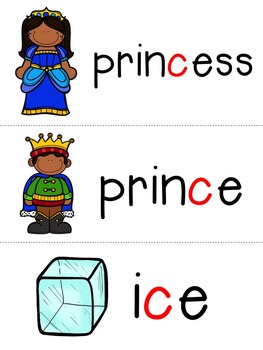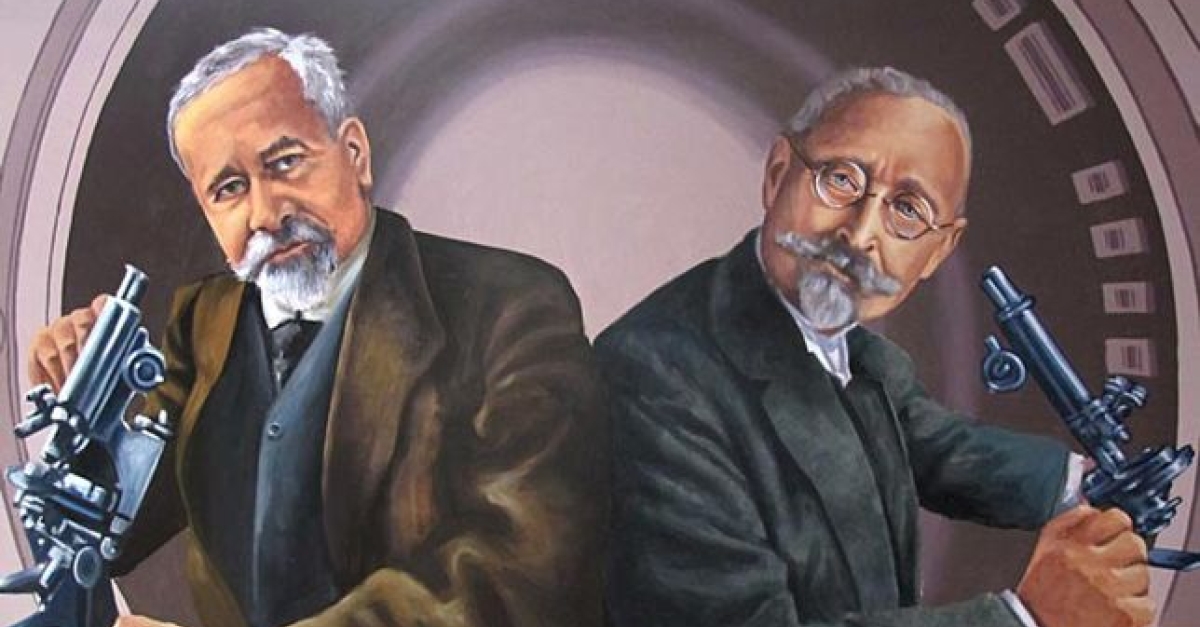

Manufacturing of Conn instruments was split between Nogales, Arizona and Abilene, Texas. In 1969, the Greenleaf family sold the business to Crowell-Collier MacMillan, a publishing company. Coming out of wartime production, Conn found difficulty regaining its position as the number one band instrument maker. During this time, many of Conn’s dealers turned to smaller instrument makers who were allowed to manufacture instruments on a limited basis.

In 1942, the factory retooled to manufacture compasses, altimeters, and other items related to the war effort. The company flourished until World War II. In 1928, he supported the National Music Camp located in Interlochen, Michigan. In 1923, Greenleaf established the first National Band Contest in Chicago, and the Conn National School of Music, also in Chicago. During this era, Carl Greenleaf began the National School Band Movement. In 1915, Conn retired and the company was purchased by Carl Greenleaf. Conn also continued on a series of “firsts”, building the first American made saxophone and the first sousaphone, built to John Philip Sousa’s specifications. In 1907, he built an immensaphone, the largest horn in the world at 12 feet in diameter and 35 feet long. The Colonel loved strange and bizarre instruments.

By 1893 his instruments were awarded the highest honors in the World’s Columbia Exposition in Chicago. The factory was rebuilt bigger and better and production continued.

During his second term, he was forced to resign due to a factory fire in 1883. In 1880, the town of Elkhart, Indiana became so enamored with C.G. In that same year, Colonel Conn would build the first American made cornet.īy 1879, Conn moved operations into larger quarters and began making other instruments. After watching him work for a few days, Conn believed he could build his own instrument. In 1875, a French instrument maker named Dupont began repairing instruments in Conn’s shop. Conn converted an old sewing machine to a lathe and set-up a shop building these mouthpieces. Conn developed a brass mouthpiece with a rubber rim. In 1873, following a brawl in a bar which resulted in a split lip, C.G. Charles Gerard Conn was the patriarch of musical instrument manufacturing in Elkhart, Indiana.


 0 kommentar(er)
0 kommentar(er)
